Carrying a gun in a shoulder holster can feel comfortable, balanced, and provide ease of use — but concealment is the key to blending in and maintaining the upper hand. The best clothing for concealing a shoulder holster lets you remain discreet during daily activities without sacrificing comfort or movement.
Whether you’re dressing for work, a casual outing, or outdoor recreation, your clothing choices make all the difference. This guide explains fabrics, layers, fits, and styles that help conceal your shoulder holster while allowing natural motion.
Structured Outerwear: Your First Layer of Concealment
When considering proper concealment, outerwear is often your biggest asset. The right jacket or blazer will hide the harness and outline of the firearm while still allowing quick access.
Jackets and Blazers
- Blazers and Suit Jackets: Ideal for professional environments. They provide polished coverage over a holster.
- Casual Jackets: Denim jackets, bomber jackets, and field jackets provide everyday concealment in relaxed settings.
Tip: Opt for a slightly larger fit in the chest and shoulders to avoid printing.
Long Sleeve Shirts to Fit Every Season
Long-sleeved shirts help conceal your shoulder holster and reduce reliance on heavy outerwear. Choose insulating materials for winter and moisture-wicking, breathable fabrics for summer.
Lightweights
Breathable fabrics like cotton, linen blends, and chambray make great three-season options for warm environments.
Heavies
Heavy fabrics such as flannel, brushed cotton, and twill are better for cooler months; their weight and texture reduce printing.
Avoid a Tight Fit — Choose Regular Fit
Tight tops can highlight the harness and holster outline. Instead, choose regular-fit tops that drape naturally: not too loose to look sloppy, but roomy enough to hide the harness.
The Power of Layering
Layering improves concealment and outfit versatility across temperatures and occasions.
Overshirts and Vests
- Overshirts: Unbuttoned flannels or work shirts layered over a tee or button-up create an informal look while covering the holster.
- Vests: Fleece, canvas, or tactical-style vests help disguise your silhouette without restricting movement.
Cardigans and Casual Layers
Soft knits like cardigans provide extra drape and concealment while allowing good mobility.
Clothing Fit and Tailoring
Even off-the-rack suits can be tailored for better concealment and comfort. Tailoring can improve fit while preserving the suit's professional look.
Potential Tailoring Adjustments
- Add ease in the chest and shoulder area.
- Lengthen the coat to better cover the firearm.
- Reinforce seams if carrying a heavier firearm.
Patterns & Colors That Help Reduce Printing
Colors and patterns can hide outlines better than solids.
Patterns That Help Conceal
Plaid, checks, and subtle prints break up the silhouette and make it harder to notice the holster’s outline.
Darker Colors
Deeper tones like navy, charcoal, and black absorb light and hide contours better than light colors. Use patterns and darker hues to minimize printing.
Fabric Weight Matters
Fabric weight influences how well your holster stays concealed.
Heavier Fabrics
Denim, wool blends, and twill keep structure and prevent fabric from clinging to the holster.
Medium Weight for Warm Weather
Cotton blends and performance fabrics offer breathability while maintaining enough structure to reduce printing.
Open Layer Casual Looks
An open-layer casual look (unbuttoned flannel, work shirt, or lightweight jacket) keeps the firearm out of sight while allowing quick access. Ensure the outer garment is long enough to provide coverage in motion.
Get a Moving Check of Your Outfit
A holster concealed while standing may show when you bend, sit, or reach. Check your outfit while moving to be sure concealment holds.
Mobility Checks
- Reach up and stretch your arms naturally.
- Pretend to pick something up by bending over.
- Sit down and stand up repeatedly to check coverage.
Understanding the Seasons
Winter
Heavy coats and sweaters make concealment easier thanks to thicker fabrics and looser fits.
Summer
Hot weather limits bulky layers; consider short-sleeved button-ups, untucked polos, and breathable outer shirts that can be worn open for coverage without overheating.
Gear That Works With Your Clothing
Even the best clothing won’t help if the holster is uncomfortable or insecure. A well-designed shoulder holster (for example, Spectre Shoulder Holster) should have solid retention, adjustable straps, and compatibility with optics while remaining easy to conceal under various garments.
Balance Between Access and Concealment
Finding the right balance between concealment and access is essential. Choose clothing that allows quick retrieval without exposing the holster unnecessarily.
Easy Access is Important
Clothing that obstructs access defeats the purpose. Button-downs, zip-up jackets, and cardigans allow faster access than pullovers or tight tops. Practice drawing with your chosen outfits to ensure smooth access.
Concealment Without Printing
Concealment means preventing printing. Structured fabrics, patterns, and darker colors minimize printing. Avoid tight or clingy tops. With the right clothing, you can stay prepared without drawing attention.
Concluding
Comfortably covering a shoulder holster requires a blend of suitable colors, useful materials, personalized fit, and creative layering. Aim for a low-key look while retaining the ability to prepare or deploy your weapon if needed.
Choose clothing that helps conceal your shoulder holster while offering seasonal flexibility. Try outfits while moving to ensure concealment works in real life.
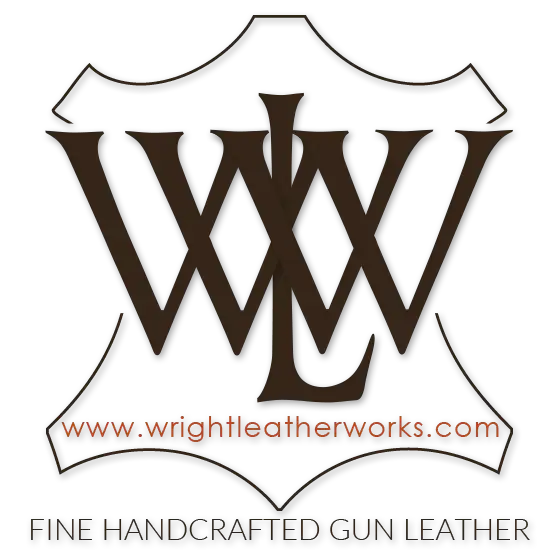
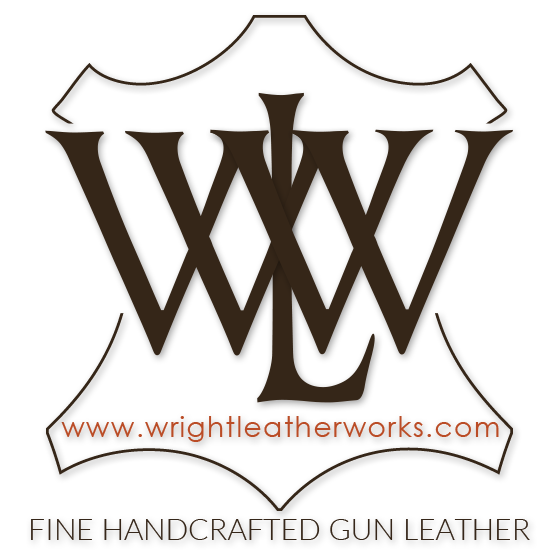
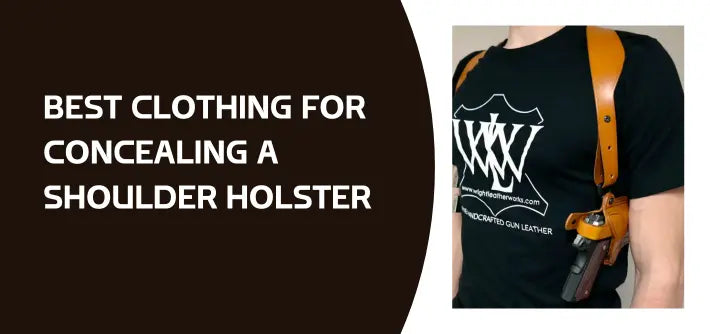

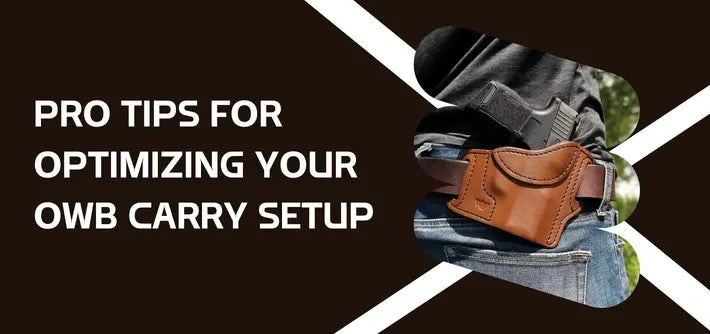
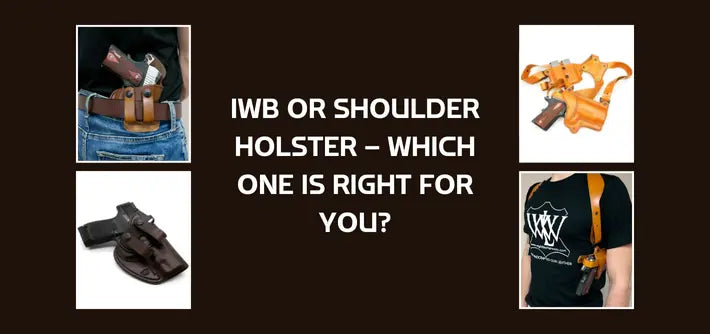
Leave a comment (all fields required)